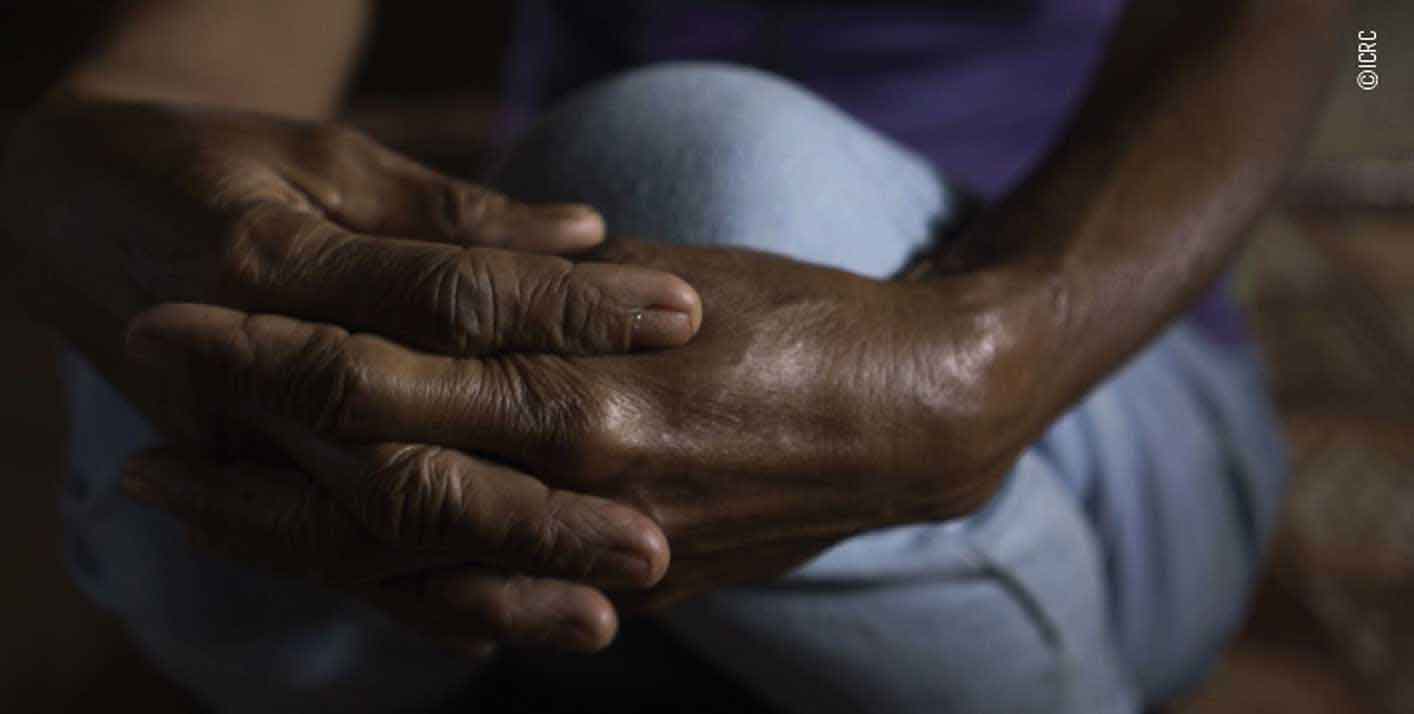In our 21st-century world, ‘holding perpetrators accountable’ and ‘ending a culture of impunity’ have become central rallying cries for human rights movements across the globe. The UN Set of Principles for the Protection and Promotion of Human Rights Through Action to Combat Impunity (hereinafter ‘The Principles’) can be seen as a reflection of this global trend towards accountability. This landmark document is the fruit of several years of study, carried out under the aegis of the UN Commission on Human Rights. Originally drafted by Louis Joinet (1997) and updated by Diane Orentlicher (2005), the Principles constitute an authoritative reference point for efforts in the international fight against impunity.
It is possible to identify something like a common theme that runs through the entire set of Principles. This is the four-folded obligation to: (1) investigate human rights violations and take appropriate measures to prosecute and punish the perpetrators of such violations; (2) identify the victims and perpetrators of human rights violations; (3) provide victims with effective remedies and ensure that they receive reparation for the harm suffered; (4) take the necessary measures to prevent the future recurrence of violations.
Recently, there has been an important debate on the possibilities and the limits of this framework, particularly in the context of transitional justice (traditionally organised around the four obligations just listed). This discussion can be structured around four sorts of critiques.
A first critique is that the anti-impunity framework is excessively rigid, and especially so with respect to societies ‘in transition’ from dictatorship or armed conflict to a more just and stable order. It leaves, it is argued, little space for the sort of bargaining and trade-offs that may be required in such contexts to end or constrain violence and enable peaceful adjustment. A second critique emphasises the disconnection of the framework with the realities on the ground. Critics argue that the issue of local ownership remains largely side-lined by the effort to articulate a unified, universally applicable scheme for combating impunity that is based on a best practice ‘tool box’ of pre-determined mechanisms and strategies. A third critique insists on the framework’s neglect of economic, social and cultural rights. Activists have highlighted the tendency to place the focus on civil and political rights, at the expense of economic, social and cultural issues, thus leaving structural causes of violence and conflict unaddressed. A fourth, somewhat related, critique is that in its application the framework has led to turn a ‘blind eye’ on the role of beneficiaries – those who eventually benefit materially or socially from large scale injustice.
Rather than being defensive, proponents and promoters of the anti-impunity framework should take these critiques as an opportunity to evolve, flexibly adapt and strengthen the core idea behind the Principles: providing an institutional and normative platform for giving a voice to victims and survivors emerging from mass violence. These critiques can be taken as an encouraging sign of the field’s openness to learn and interrogate iself. Education plays a central role in creating such a space where conversations can happen in a crosscultural environment. That, at any rate, is the approach we take within the Master of Advanced Studies in Transitional Justice at the Geneva Academy for Humanitarian Law and Human Rights.



